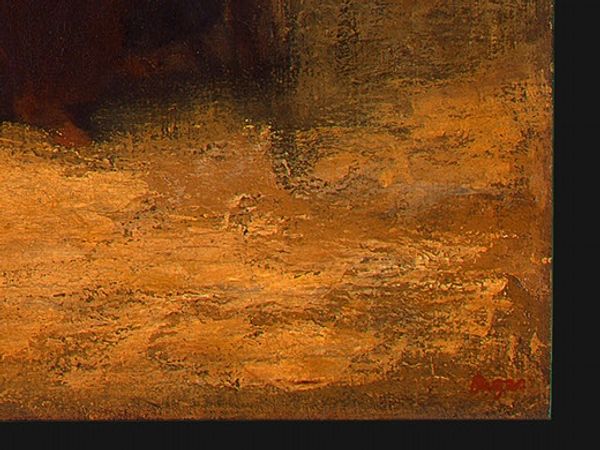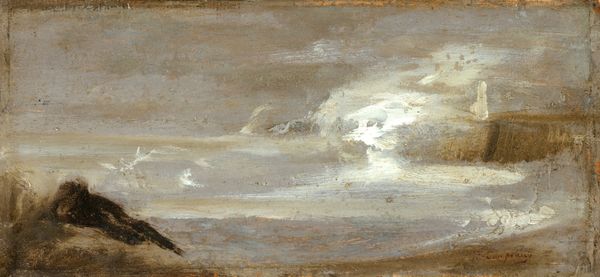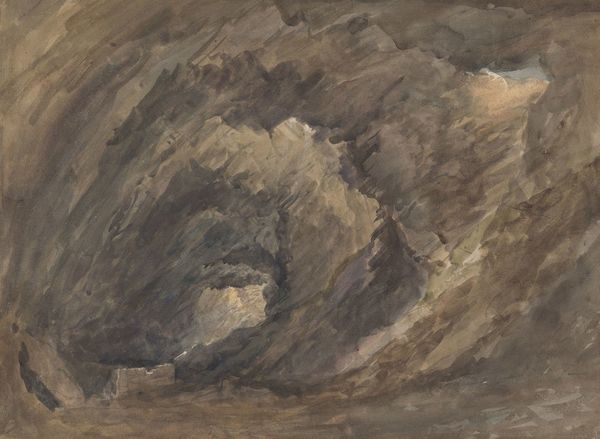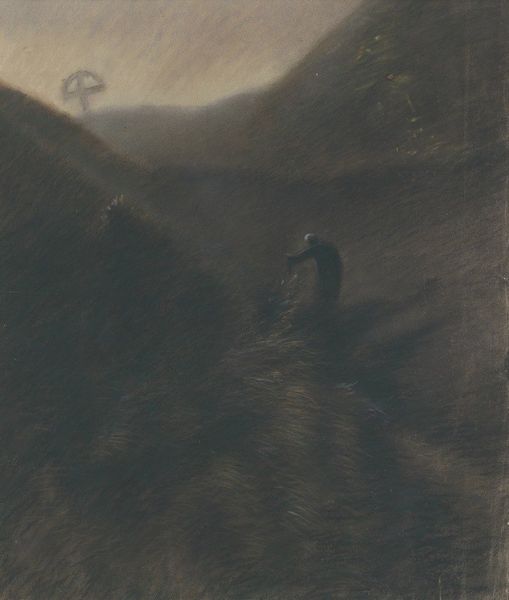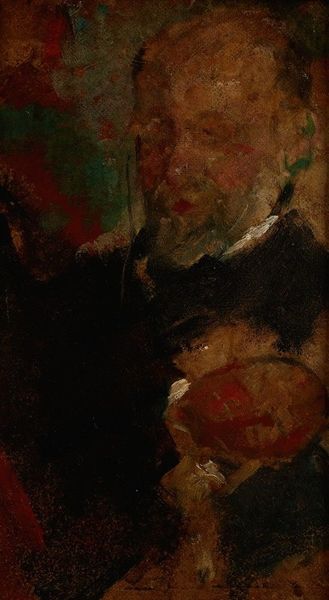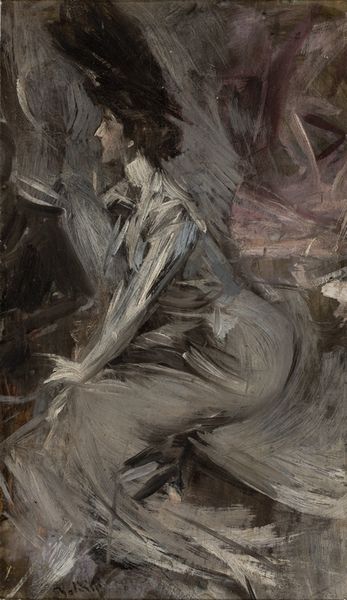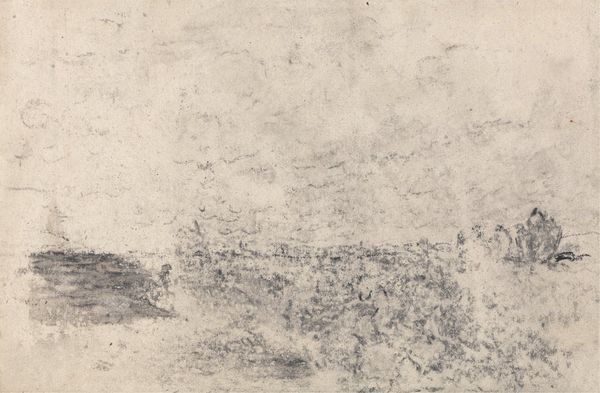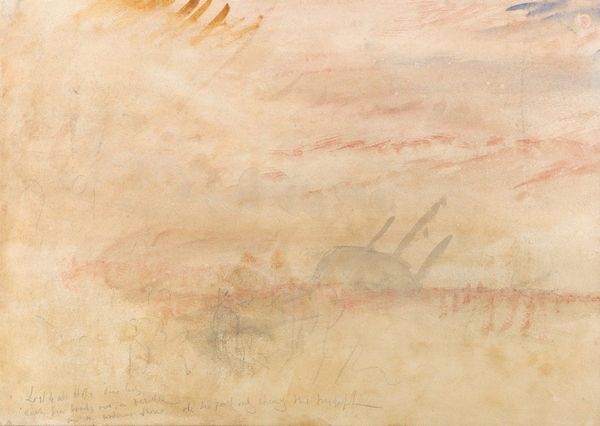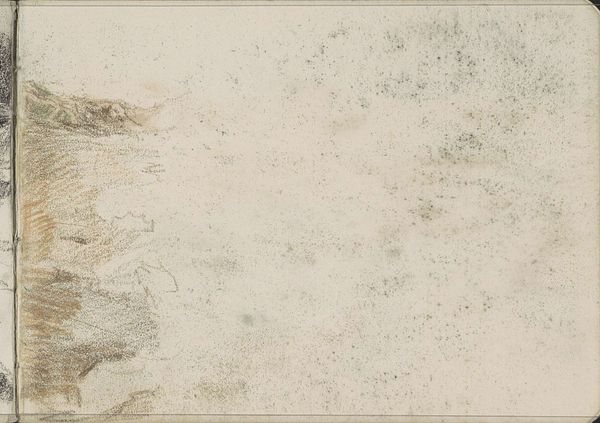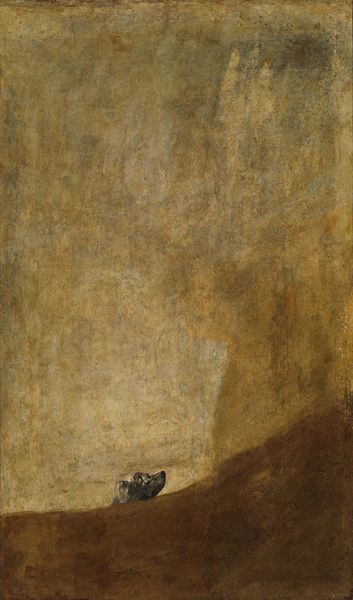
painting, oil-paint, impasto
#
painting
#
oil-paint
#
charcoal drawing
#
oil painting
#
impasto
#
underpainting
#
human
#
academic-art
#
nude
Copyright: Public domain
Curator: We're looking at "Study of Torso" by Nicholas Roerich, dating from 1895. It's rendered in oil paint. Editor: Immediately, I'm struck by the classical feel, but it’s almost unsettling. The rawness of the visible brushstrokes contradicts the smooth, idealized form of the body. Curator: Exactly. Roerich, at this point, demonstrates academic mastery, yet we see an underpainting – an intentional rawness breaking through the classical pretense. Look how the impasto creates volume, guiding the light across the figure's form. It is, in its own way, quite daring. Editor: There’s also something inherently vulnerable about depicting a partial nude—only the torso. The body is fragment, a ruin almost. It conjures ancient statuary, unearthed and incomplete, carrying the weight of lost civilizations. Curator: Indeed. The color palette is quite limited – earth tones dominating – furthering a sense of both timelessness and constraint. But notice how that palette serves the tonality—it perfectly evokes three-dimensionality, light reflecting and refracting across the surface. It’s a carefully orchestrated dance of shadow and light. Editor: And doesn't that stark white cloth—draped but also seemingly constricting the figure—inject a sense of modesty? As though the painting itself acknowledges the loaded history of the nude in art? It acts almost as a barrier. Curator: A barrier, yes, but one that also accentuates the figure's contours. The drape interacts with the planes of the body, creating visual complexity. The artist seems interested in the relationship between the human form and surrounding textiles as a formal study. Editor: Seeing the interplay of exposure and concealment here definitely shapes my understanding. The visible chest references art historical precedent, but this "Study" feels both incomplete and deeply insightful in what it chooses to show—and hide. Curator: I find that the interplay between classical training and something more restless makes the work enduringly engaging, a space where opposing aesthetics resolve. Editor: Precisely. A negotiation between tradition and raw human presence.
Comments
No comments
Be the first to comment and join the conversation on the ultimate creative platform.

